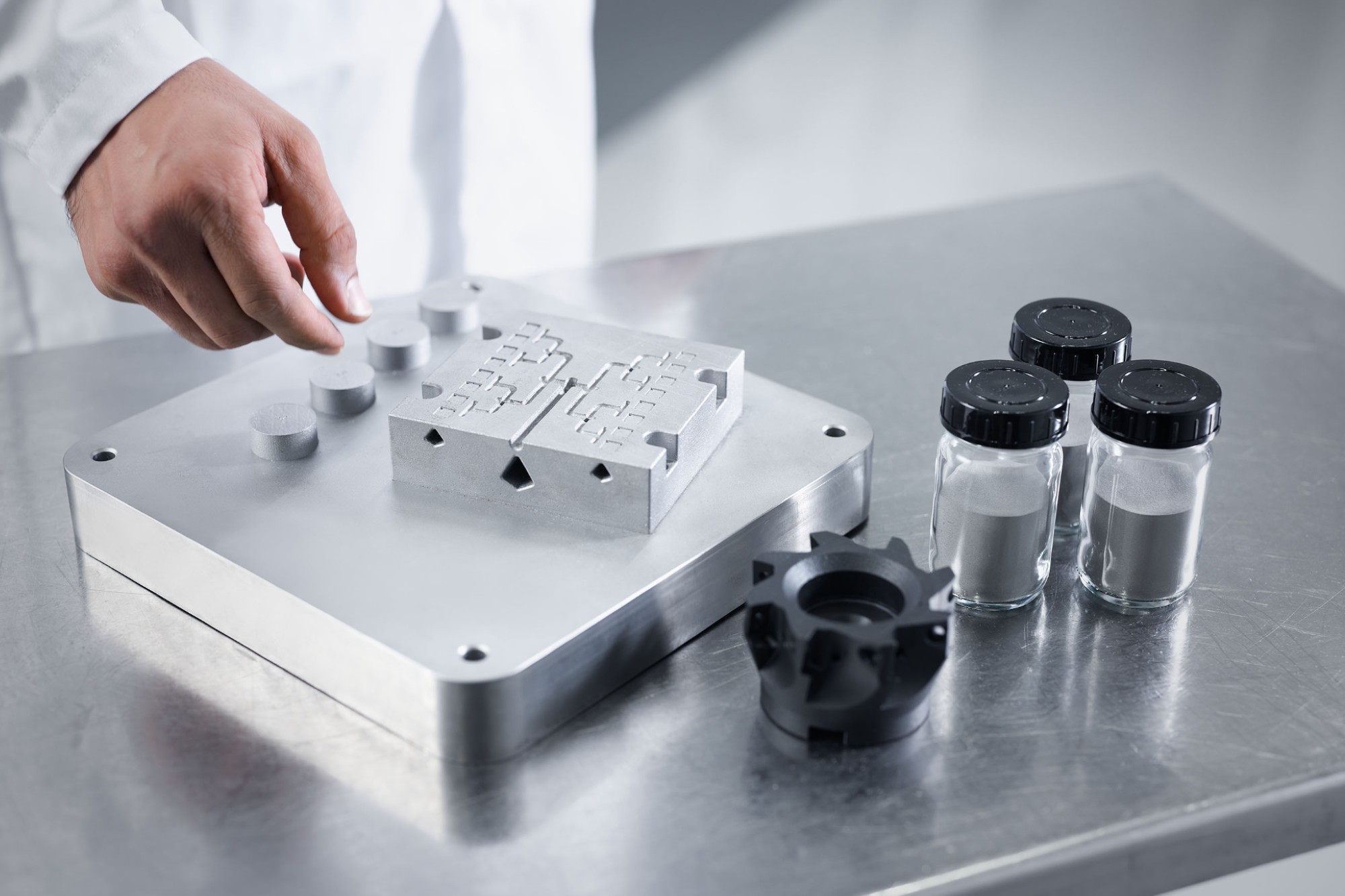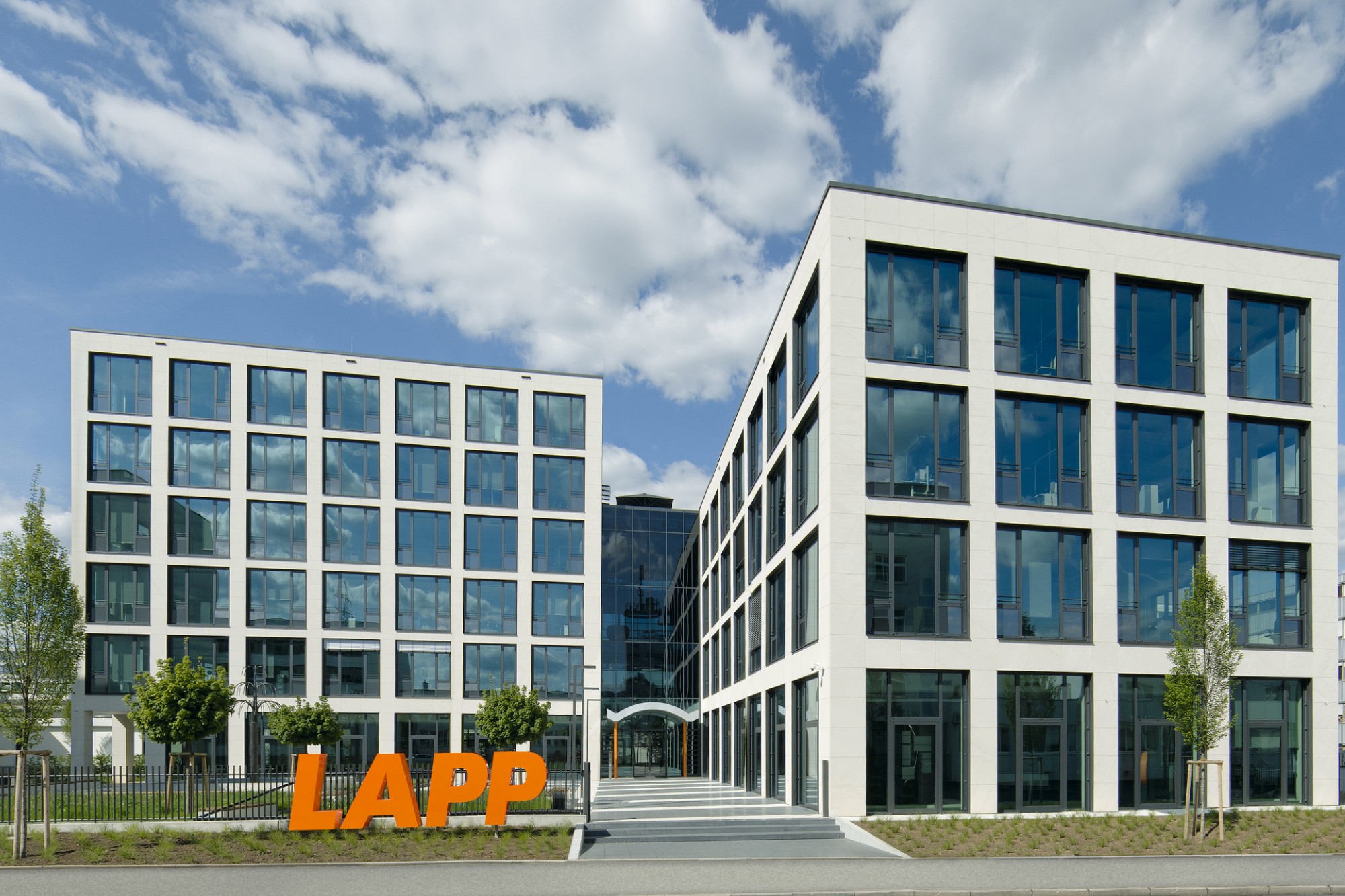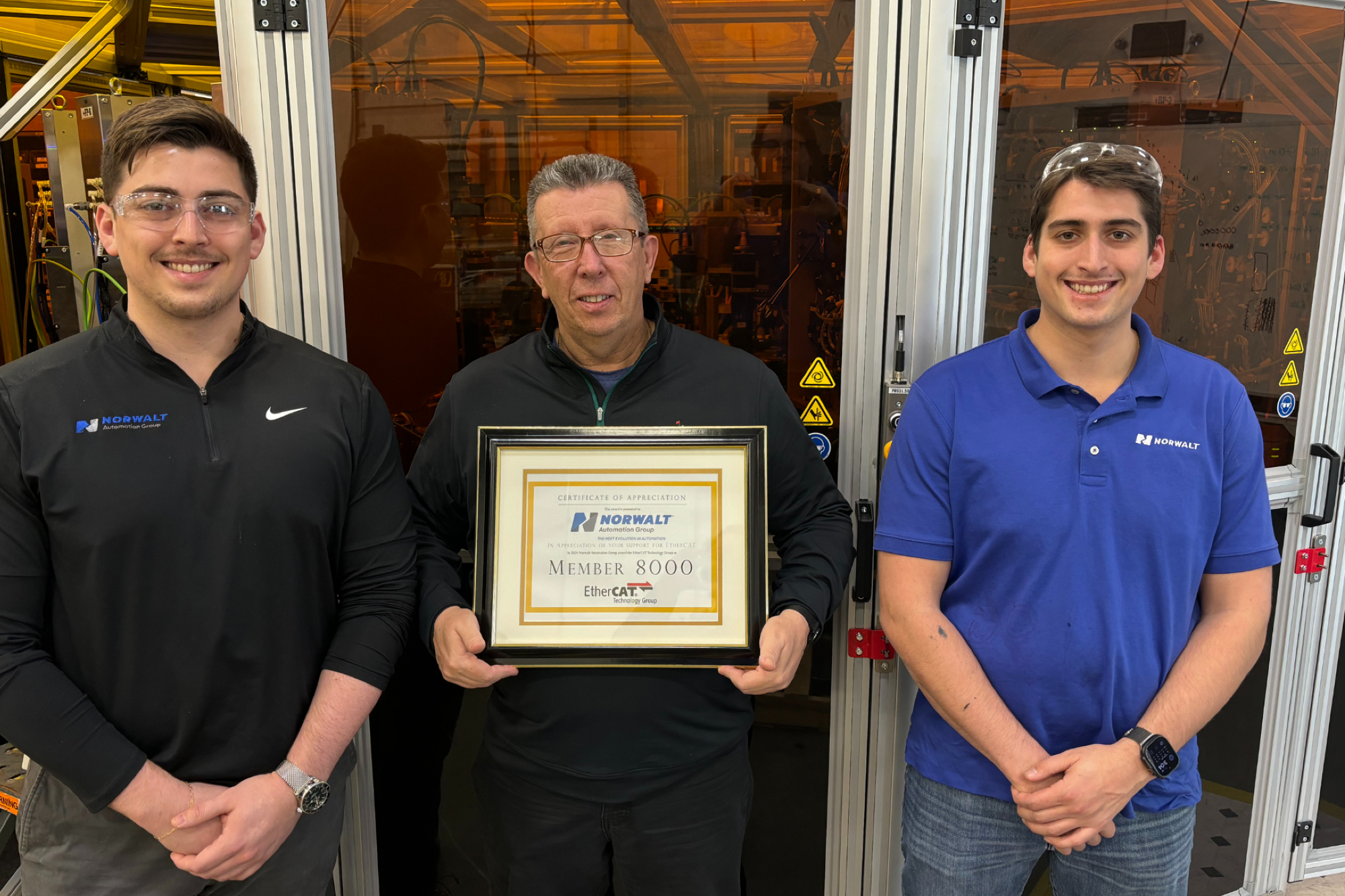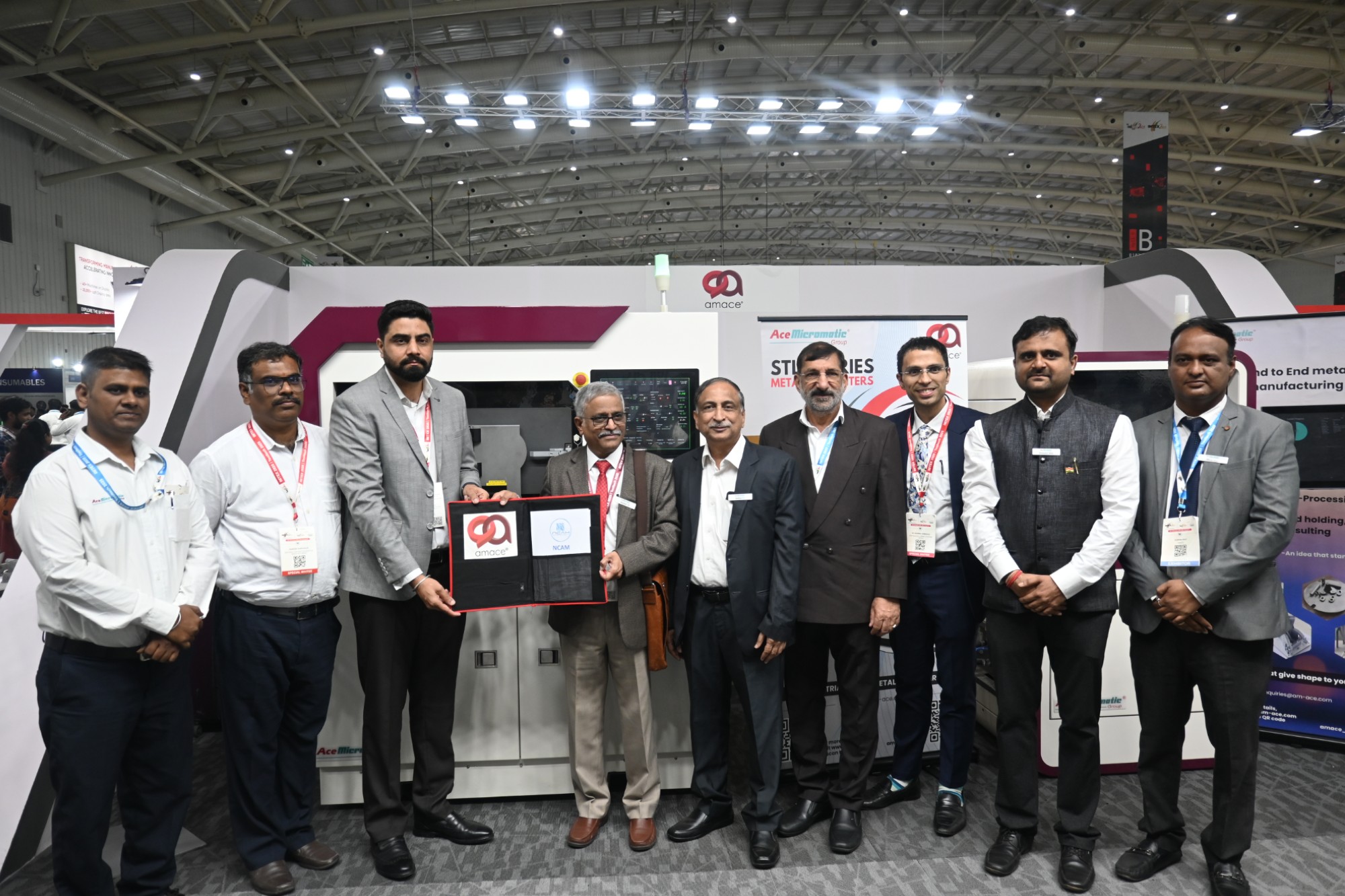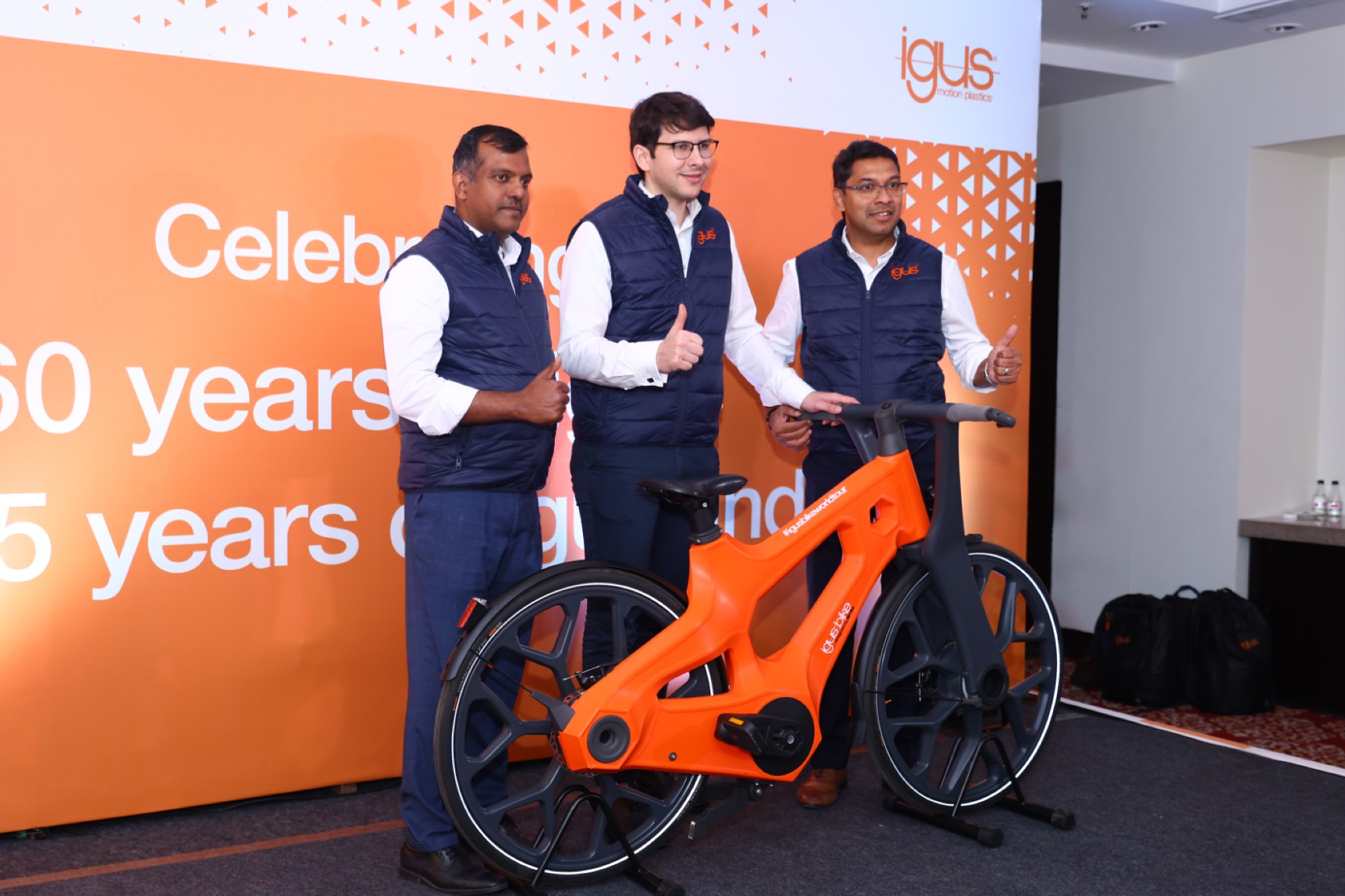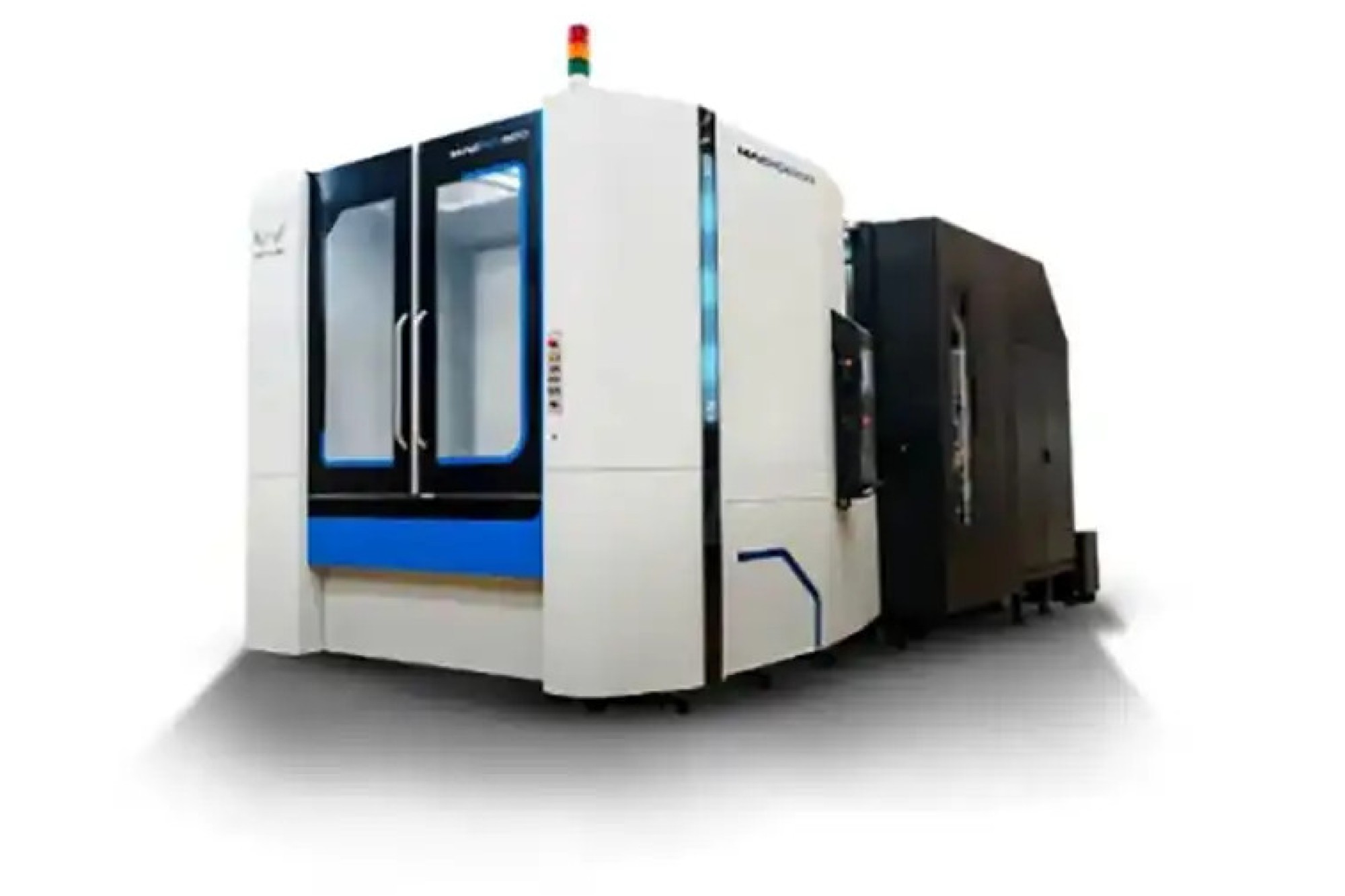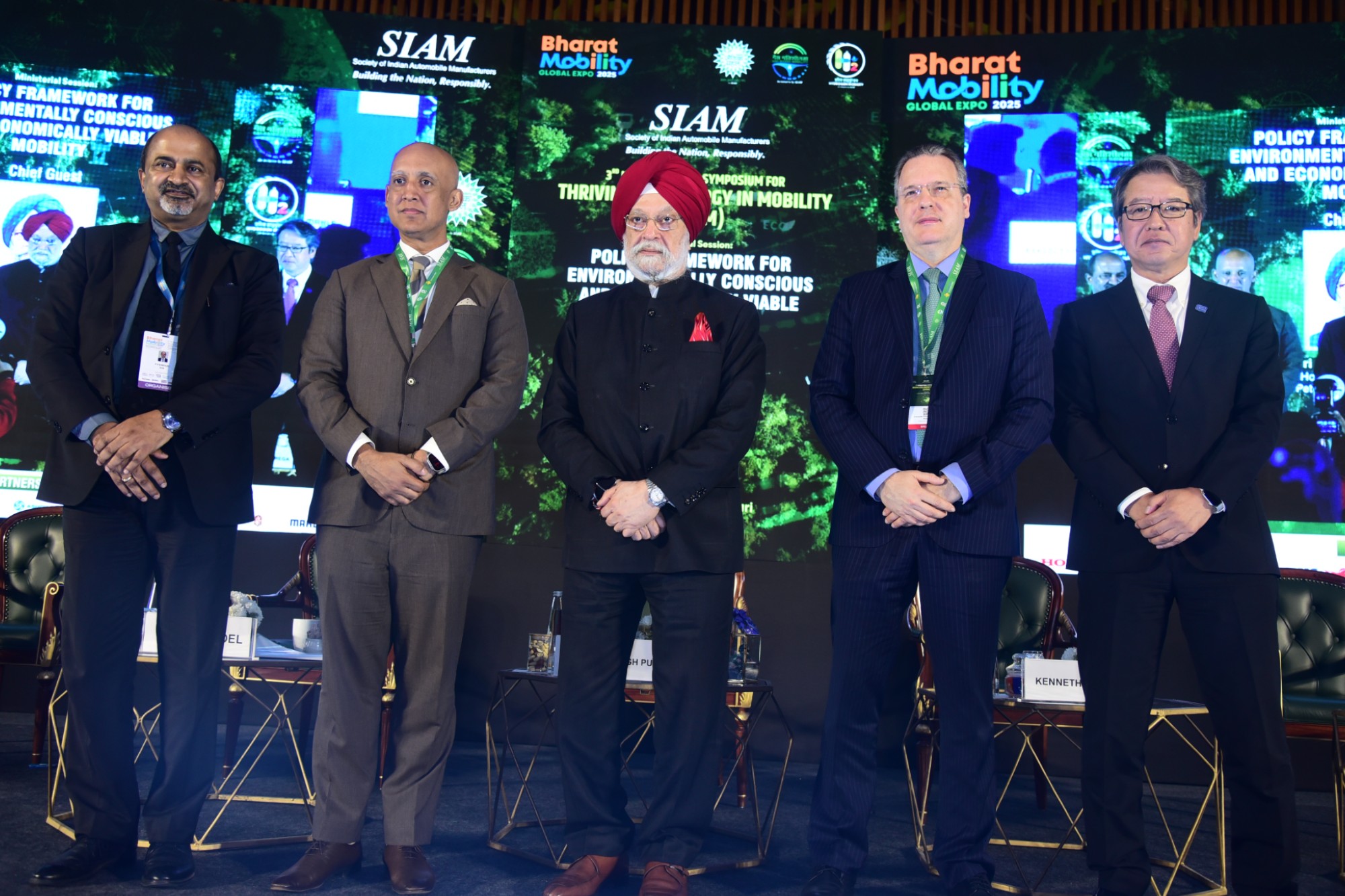Sandvik develops Osprey HWTS 50 for improving processability and heat resistance
By Staff Report October 5, 2024 5:35 pm IST
Sandvik has developed Osprey HWTS 50, a new alloy that enhances laser powder bed fusion processability and reduces cold cracking susceptibility.
Osprey® HWTS 50 enhances laser powder bed fusion processability, reducing cold cracking susceptibility. It is suitable for high-pressure die casting dies, injection moulds, and hot forming tools.
The chemical composition is tailored for improved hot hardness at temperatures exceeding 600°C (1 112°F). It is characterised by lower carbon content compared with those of medium-carbon hot work tool steels and modifications to the carbide-forming elements. This is to ensure a comparable or even enhanced tempering resistance despite lower carbon wt.%.
Osprey® HWTS 50 boasts higher thermal conductivity than medium-carbon tool steels, making it ideal for applications like die casting and forging at elevated temperatures, ensuring efficient heat dissipation and faster cycles.
Faraz Deirmina, principal metallurgist in metal powder at Sandvik, said, “Additive manufacturing is increasingly being used to produce tools and dies with nearsurface conformal cooling channels. Besides optimising processing parameters, it is important to develop chemicals specifically tailored for this technology to address fabrication challenges. Osprey® HWTS 50 is designed to alleviate these challenges, making it highly suitable for tooling applications at elevated temperatures. Examples are hot-forming dies, extrusion and injection moulding dies, and high-pressure die casting dies.”
Osprey® HWTS 50 metal powder is manufactured by either induction melting under vacuum inert gas atomisation (VIGA) or melting under argon prior to inert gas atomisation (IGA), producing a powder with a spherical morphology that provides good flow characteristics and high packing density. In addition, the powder has a low oxygen content and low impurity levels, resulting in a metallurgically clean product with enhanced mechanical performance.
With the alloy design philosophy behind HWTS 50, Sandvik is contributing to a more sustainable future in several ways. By using lighter compositions optimised through computational tools, we increase resource efficiency and extend the lifetime of components, which in turn reduces energy consumption and CO2 emissions. Additionally, computational tools enable faster and more eco-friendly alloy development with optimised chemicals, outperforming traditional trial-and-error methods.Sandvik has a patent pending for Osprey® HWTS 50 covering the composition of the alloy. Key characteristics of Osprey® HWTS 50:
Processability: Improved processability in L-PBF, reducing cold cracking compared to conventional hot-work tool steels.
Chemical composition: optimised for improved hot hardness, tempering, and thermal fatigue resistance. It features lower carbon content and modified carbide-forming elements to ensure comparable or improved tempering resistance.
Thermal conductivity: approximately 35 W/mK at room temperature, providing excellent performance in high-temperature applications such as die casting and forging.
Hardness: Depending on tempering temperature, a hardness range of 40 to 50 HRC in combination with excellent tensile and impact properties can be achieved, ensuring the longevity and durability of moulds and dies under high stress conditions.
Cookie Consent
We use cookies to personalize your experience. By continuing to visit this website you agree to our Terms & Conditions, Privacy Policy and Cookie Policy.



